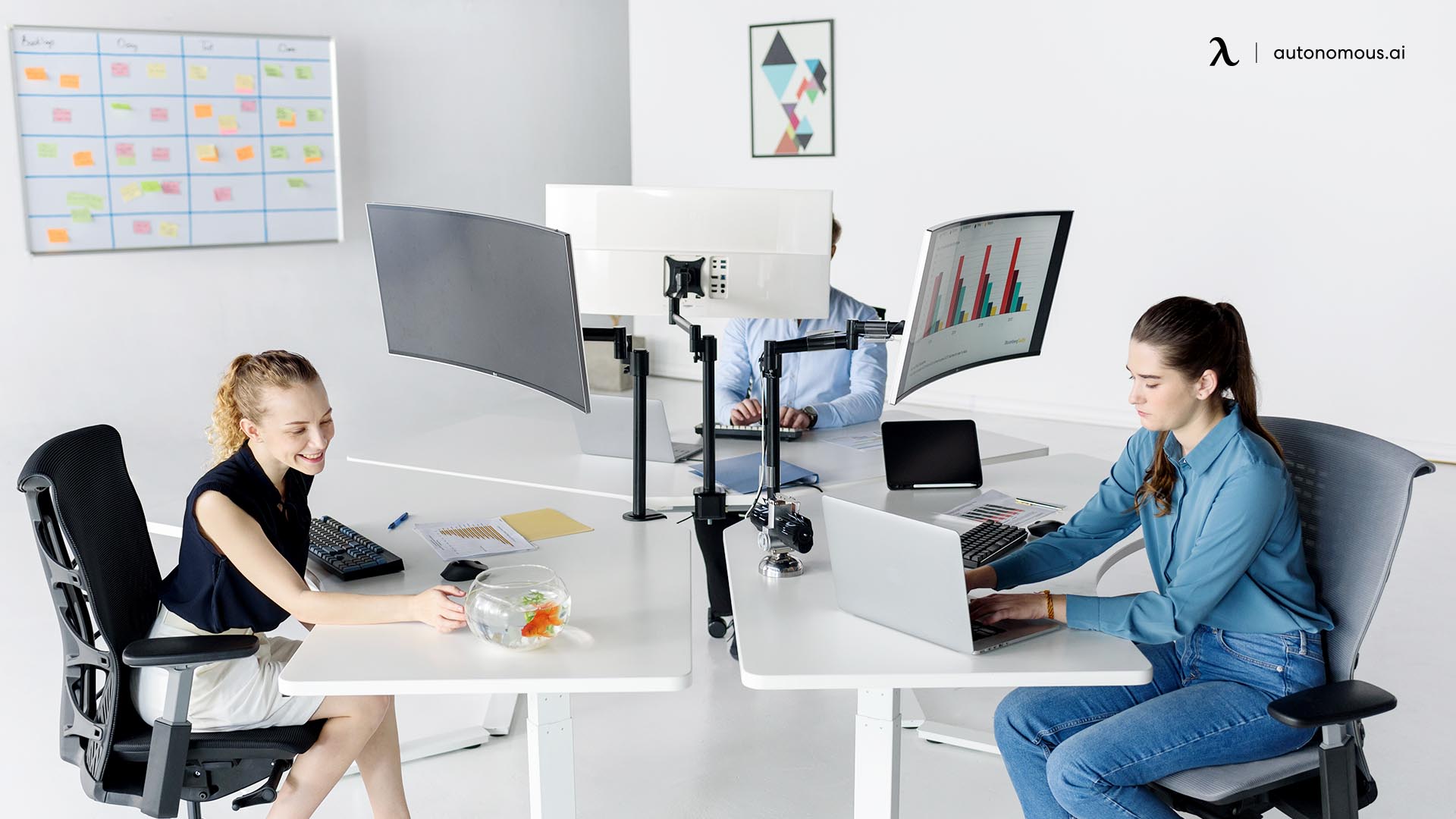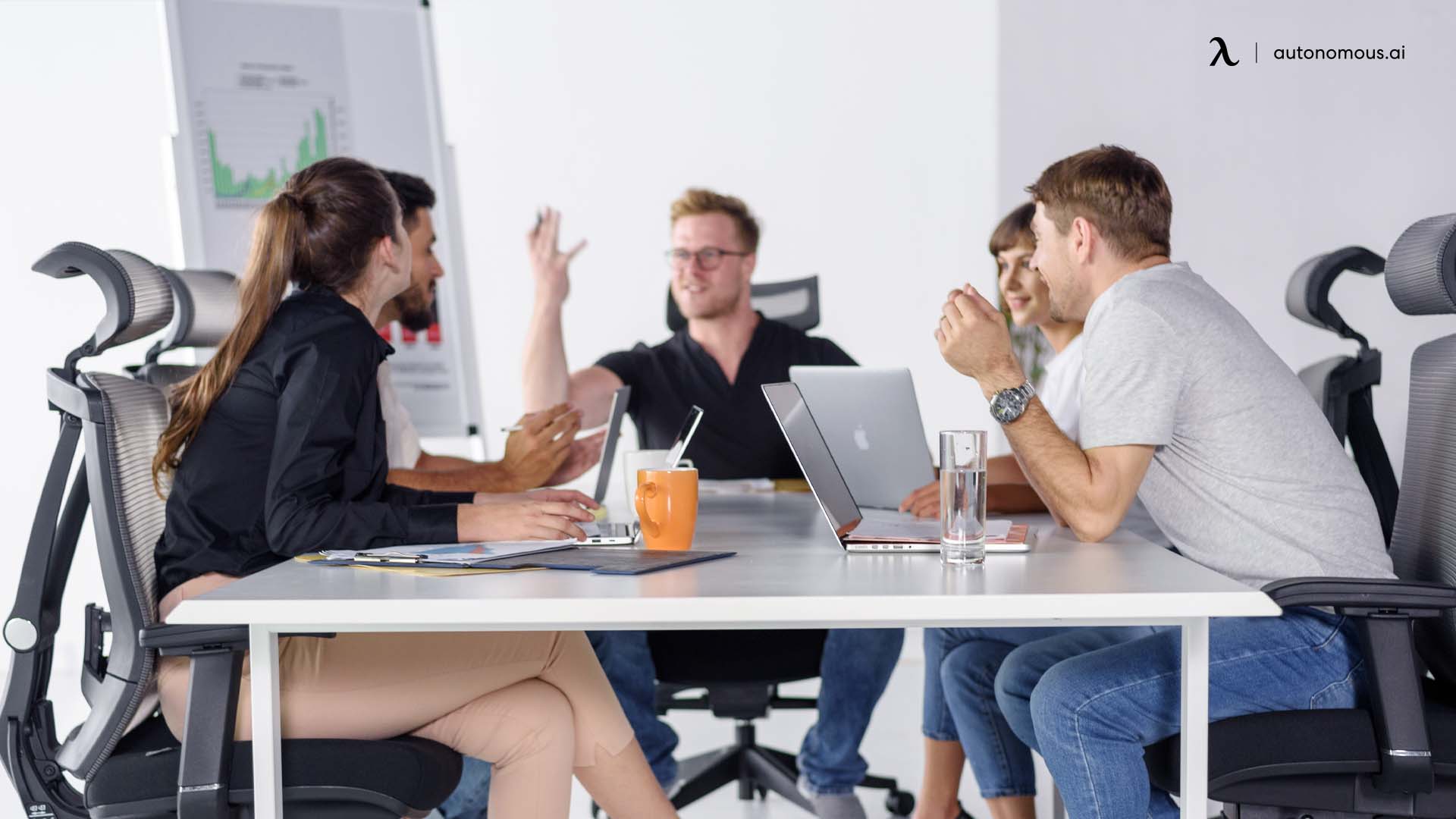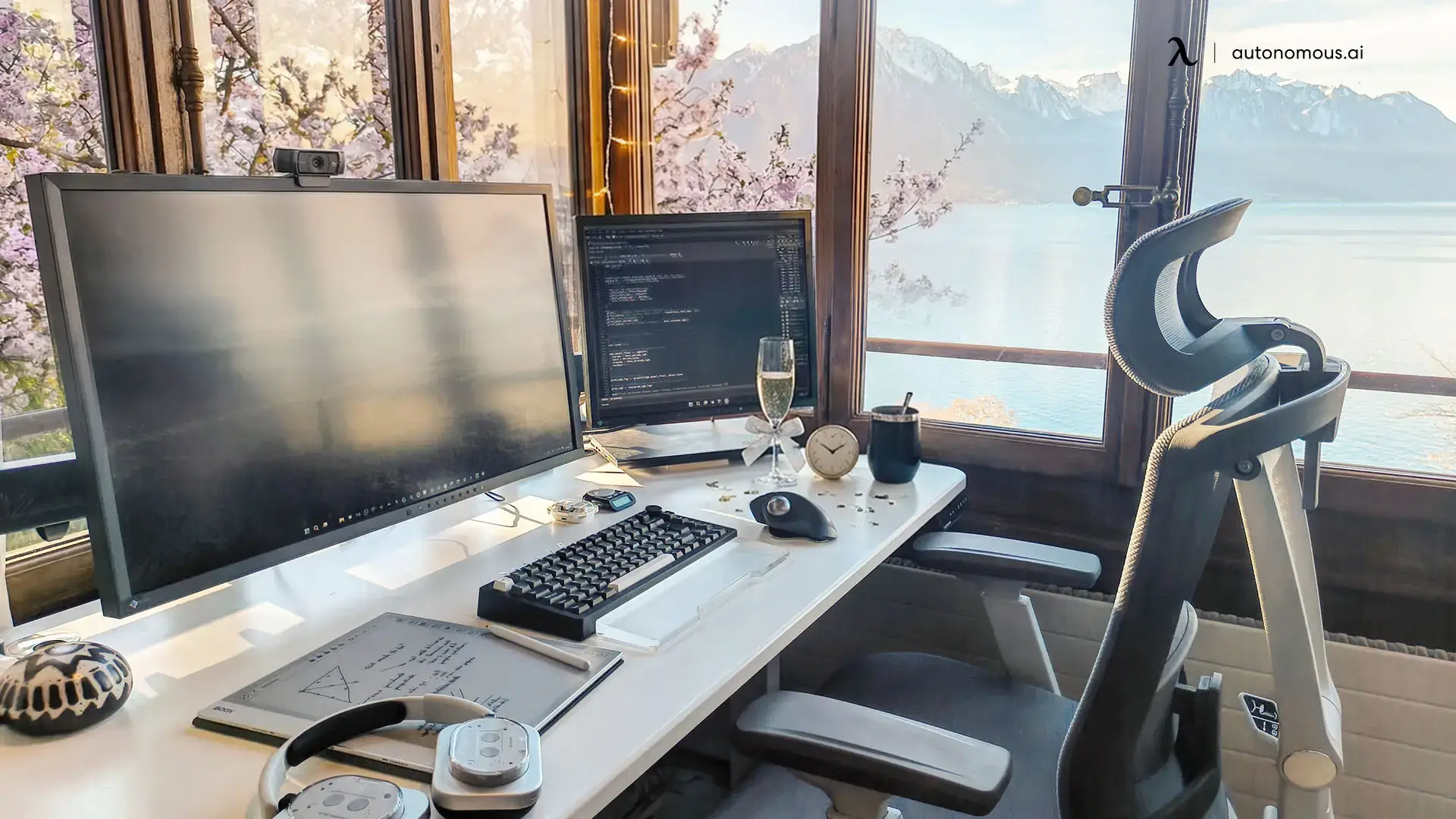- Newest
- Most viewed
Interested in a Link Placement?

Is the Secretlab MAGNUS Pro Standing Desk Worth It?
The Secretlab MAGNUS Pro delivers excellent build quality and cable management, but its value depends on whether those features justify the higher price.
Smart Products | Jan 13, 2026 838 views

The Humanoid Paradox: Why We Build Machines in Our Image (Despite the Flaws)
Latest Updates | Jan 15, 2026 551 views
.webp)
Is a Zero-Gravity Chair Ergonomic?
Smart Products | Jan 15, 2026 842 views

Hibbett Employee Discount Guide: What You Should Know
Latest Updates | Jan 14, 2026 540 views

How Many Steps Does It Take to Burn 1,000 Calories?
Work Wellness | Jan 12, 2026 183 views

Should You Buy the LiberNovo Omni Ergonomic Chair?
Latest Updates | Jan 9, 2026 1,162 views

What Is the Garage Employee Discount? A Complete Guide
Latest Updates | Jan 8, 2026 1,057 views

Spirit Halloween Employee Discounts and Benefits
Remote Working | Jan 7, 2026 346 views

Japanese New Year Gifts: What They Mean & How to Give
Latest Updates | Jan 7, 2026 892 views

12 Vietnamese New Year Gifts for Luck & Prosperity
Latest Updates | Jan 6, 2026 453 views

Best Lunar New Year Gift Sets That Bring People Together
Latest Updates | Jan 6, 2026 720 views

15 Best Fitness Apps for Weight Loss
Work Wellness | Dec 31, 2025 585 views
.svg)
